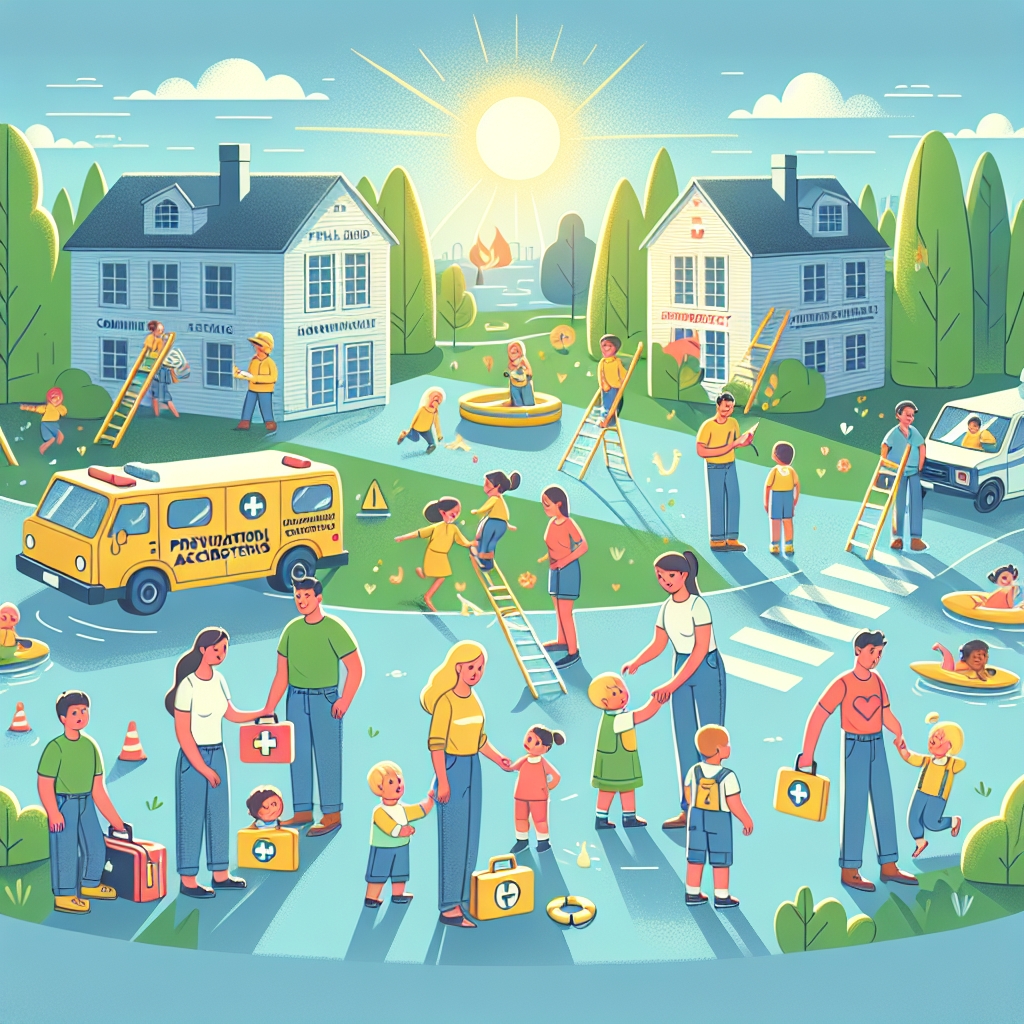Common Accidents in Children: How to Prevent and Manage Them
When it comes to children, their safety is the number one priority of any parent or caregiver. Accidents are part of the growing process, but there are ways to prevent them and effectively manage situations when they happen. In this article, we will give you a complete guide on how to identify and avoid the most common accidents in children and how to intervene if they occur.
Prevention of Children's Accidents
Prevention is always better than cure, especially when it comes to the little explorers that are children. Understanding how to avoid accidents is essential to ensuring a safe environment for little ones.
Safety in the home Most accidents with children happen in the home, so it is crucial to have a home that is as safe as possible. Make sure drawer units, sharp corners, accessible sockets and chemicals are all placed away from children's curiosity. Install safety barriers on stairs and keep small or fragile items out of reach.
Safety outside the home When children go outdoors, the risks multiply. Constantly supervise children's play in public spaces and teach them basic rules such as not talking to strangers and not leaving the group.
First aid tips Every parent or caregiver should know basic first aid. CSR (Cardiopulmonary Resuscitation) or first aid courses can be extremely useful in managing accidents quickly and effectively.
Motor Development and Accidents
Children learn to interact with the world around them through movement. Motor development is an essential aspect of growth, but this process can also bring with it the risk of accidents.
walking While children are learning to walk, falls are common. To prevent them, make sure the play space is clean and uncluttered, and the child's shoes are suitable for walking.
Learning new skills As children try to run, jump or climb, the risk of accidents increases. Encourage these activities, but do it in a safe, soft space, such as grass or a surface covered with a thick rug.
Language Development and Communication in Emergency Situations
Communication skills are vital, especially in emergency situations. Teach your child to express his problems clearly and ask for help when needed.
Learning keywords By a certain age, children can learn key words or phrases to use in an emergency. "Help", "pain", "blood" are just a few examples of terms that the child should know.
Safety discussions Have open and honest conversations with your child about the importance of safety and what to do in the event of an accident.
How to Manage Accidents
Even with the best preventative measures, accidents can happen. Here's how to respond when they do:
Assessment of the situation Stay calm and quickly assess the severity of the accident. If emergency medical help is needed, call 911 immediately.
Administer first aid If it's something you can manage at home, like a minor scratch or bump, apply the first aid principles you know.
Learning from incidents Use every accident as a learning opportunity for both you and your child. Discuss what happened and how it can be avoided in the future.
Conclusion
Children's safety is never something we should take lightly. By preventing accidents, focusing on child development and learning how to handle emergency situations, we can create a safer environment for little ones. We hope this guide will help you better understand how to protect children from frequent accidents and know how to intervene if they do happen. For more information and useful resources, we encourage you to visit our section specifically dedicated to parents and children or subscribe to our newsletter.














































































































































